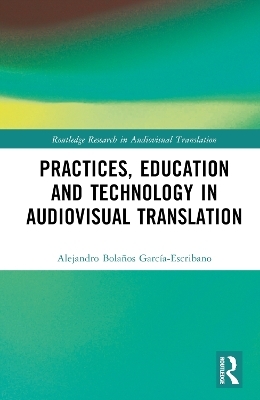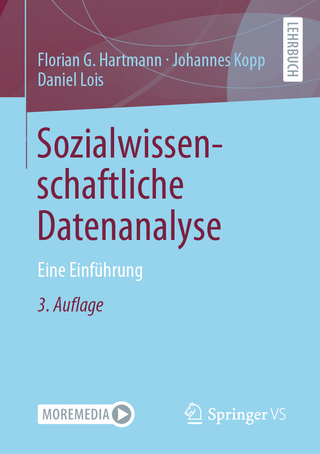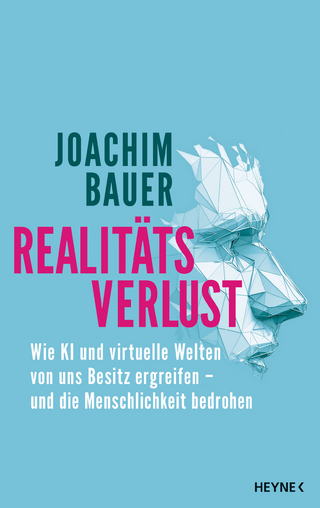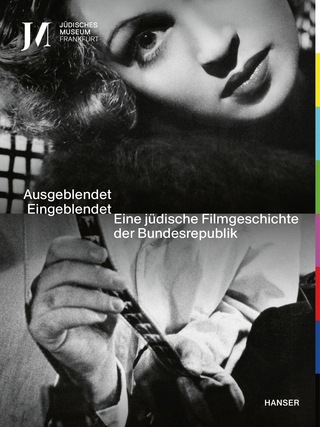
Practices, Education and Technology in Audiovisual Translation
Routledge (Verlag)
978-1-032-43494-0 (ISBN)
- Noch nicht erschienen (ca. Oktober 2024)
- Versandkostenfrei innerhalb Deutschlands
- Auch auf Rechnung
- Verfügbarkeit in der Filiale vor Ort prüfen
- Artikel merken
The volume begins by outlining a holistic account of audiovisual translation scholarship, which includes work on subtitling and dubbing but which has grown to encompass a wider range of practices in light of new technologies, before looking at the current landscape of translator education, including greater interest in distance education and AVT-centered curriculum design. These foundations set the stage for an examination of technological inroads which have permeated AVT practice, including the rise of cloud-based technologies and their use by major media companies. Bolaños draws parallels between these developments to demonstrate the ways in which new tools can help the ever-evolving needs of both the translation industry and higher education and in turn, foster industry-academia collaboration and the growth of new technologies through investment at the pedagogical level.
This book will be of interest to students, scholars, and practitioners in translation studies, particularly those working in audiovisual translation, translation technologies, and translator training.
The Open Access version of this book, available at http://www.taylorfrancis.com, has been made available under a Creative Commons Attribution-Non Commercial-No Derivatives (CC-BY-NC-ND) 4.0 license.
Alejandro Bolaños García-Escribano is Associate Professor in Audiovisual Translation at University College London (UCL), UK.
Contents
List of Figures
List of Tables
List of Acronyms and Abbreviations
Foreword
Preface
Acknowledgements
1. Introduction
2. Practices
2.1. Audiovisual Translation as a Professional Practice
2.1.1. Industry Size and Context
2.1.2. Media Localisation Workflows
2.1.3. Media Consumption Habits and Trends
2.2. Audiovisual Translation as an Academic Discipline
2.3. Media Localisation Practices
2.3.1. Revoicing
2.3.1.1. Dubbing and Partial Dubbing
2.3.1.2. Voiceover and Narration
2.3.1.3. Interpreting and Sign Language
2.3.1.4. Audio Description
2.3.1.5. Free Commentary
2.3.1.6. Remakes
2.3.1.7. Amateur Dubbing
2.3.2. Subtitling
2.3.2.1. Interlingual Subtitling
2.3.2.2. Intralingual Subtitling
2.3.2.3. Surtitling
2.3.2.4. Live Subtitling
2.3.2.5. Integrated Subtitles
2.3.2.6. Amateur Subtitling
2.4. Audiovisual Translation Quality Standards and Evaluation
3. Education
3.1. Current Learning and Teaching Approaches in Higher Education Scholarship
3.1.3. Outcomes-based Education Framework
3.1.2. Learning Spaces and Teaching Delivery
3.1.3. Education Quality Evaluation
3.2. Translator Education and Training Approaches
3.2.1. Task-based Learning
3.2.2. Socio-constructivism, Project-based and Situated Learning Experiences
3.3. Translation Competence
3.3.1. Competence in Translation Studies
3.3.2. Competence in Audiovisual Translation
3.4. Translation Assessment
3.4.1. Assessment in Translation Studies
3.4.1.1. Types of Assessment Tasks
3.4.1.2. Marking Criteria and Rubrics
3.4.2. Assessment in Audiovisual Translation
3.5. Provision of Specialist Audiovisual Translation Education
3.5.1. Programmes of Study on Audiovisual Translation
3.5.2. Learning Technologies and Didactic Projects
3.5.3. Curriculum Design Challenges
3.6. Rethinking and Reshaping Audiovisual Translation Education
3.6.1. What is Taught? Industry- and Research-led Education
3.6.2. Who Teaches? Training the Trainers
3.6.3. Where to Teach? Training Institutions
3.6.4. How to Teach? Learning and Teaching Delivery Methods
3.6.5. Why Teach? Future Training Landscapes
4. Technology
4.1. From Desktop and Legacy Software to Cloud Ecosystems
4.1.1. The Development of Cloud Computing
4.1.2. The Migration of Translation Technologies to the Cloud
4.2. Audiovisual Translators’ Workstations
4.2.1. Media Localisation Editors
4.2.1.1. Revoicing Editors
4.2.1.2. Subtitling Editors
4.2.2. Translation Memory and Machine Translation Systems
4.2.2.1. Translation Memory
4.2.2.2. Machine Translation
4.2.3. Automatic Speech Systems
4.2.3.1. Speech-to-Text
4.2.3.2. Text-to-Speech
4.2.3.3. Speech-to-Speech and Automatic Dubbing
4.2.4. Project Management and Translation Quality Assessment
4.3. The Emergence and Consolidation of Cloud Technologies
4.3. Generative Artificial Intelligence and Large Language Models
4.4. Examples of Media Localisation Systems and Editors
4.4.1. Subtitling and Closed Captioning: OOONA Tools and OOONA Edu
4.4.1.1. Creating and Translating Subtitle Templates
4.4.1.2. Reviewing, Converting and Burning Subtitles
4.4.2. Dubbing and Voiceover: ZOOdubs
4.4.3. Audio Description: YellaUmbrella
4.4.4. Language Learning Platforms: TRADILEX
5. Conclusions
Index
| Erscheint lt. Verlag | 17.10.2024 |
|---|---|
| Reihe/Serie | Routledge Research in Audiovisual Translation |
| Zusatzinfo | 12 Tables, black and white; 1 Line drawings, black and white; 38 Halftones, black and white; 39 Illustrations, black and white |
| Verlagsort | London |
| Sprache | englisch |
| Maße | 152 x 229 mm |
| Themenwelt | Kunst / Musik / Theater |
| Geisteswissenschaften ► Geschichte | |
| Sozialwissenschaften ► Kommunikation / Medien ► Medienwissenschaft | |
| ISBN-10 | 1-032-43494-5 / 1032434945 |
| ISBN-13 | 978-1-032-43494-0 / 9781032434940 |
| Zustand | Neuware |
| Haben Sie eine Frage zum Produkt? |
aus dem Bereich


